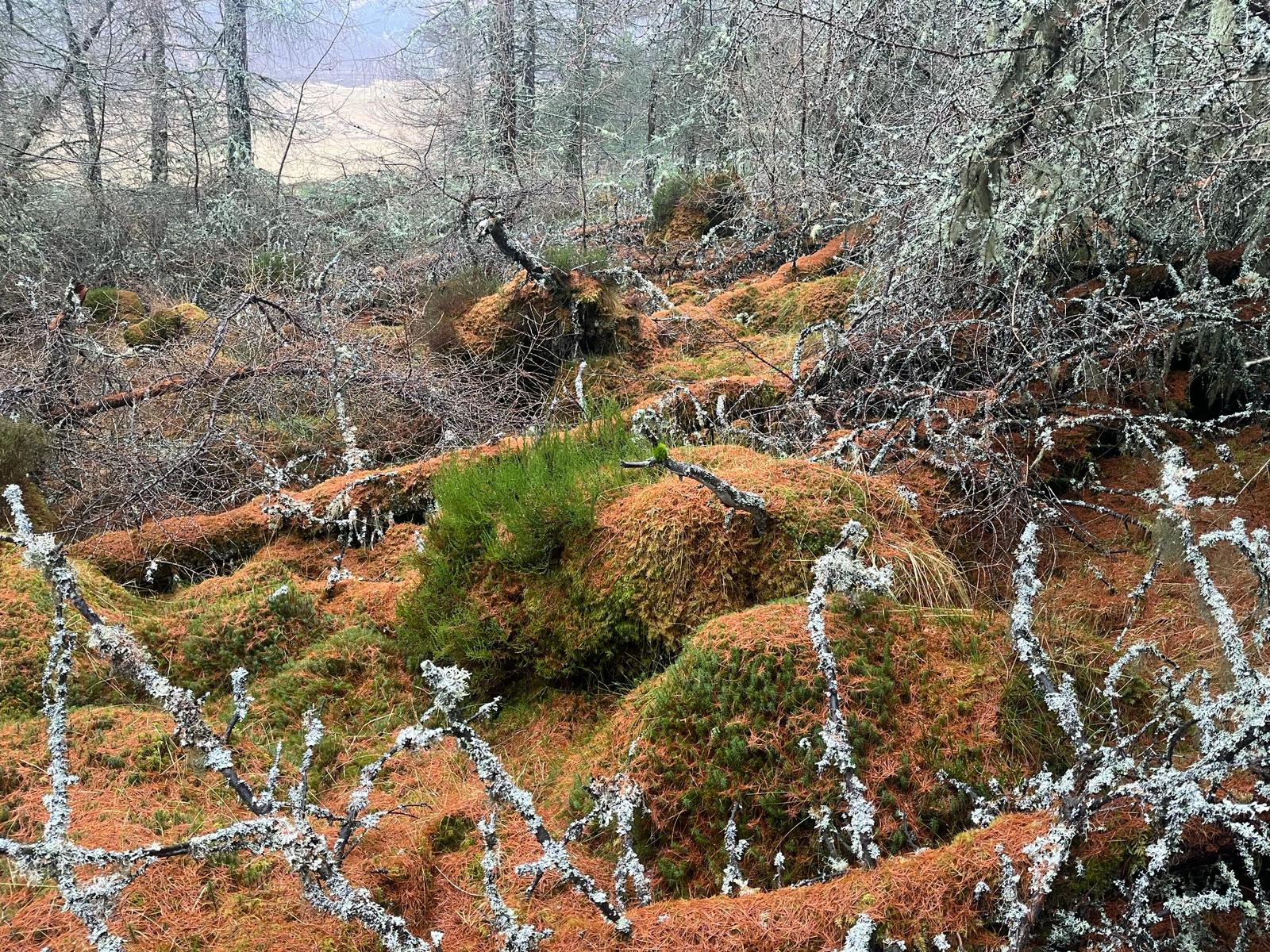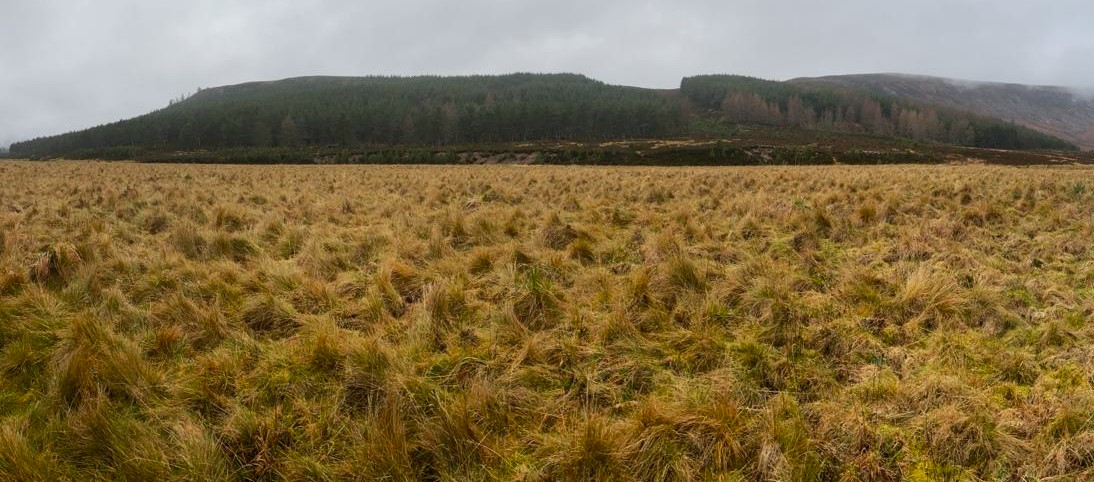Where’s Willie the wildcat?
In November last year, I wrote a blog about the incredible journey of one of the released wildcats over the Cairngorm Plateau to the National Trust for Scotland’s Mar Lodge Estate. This male wildcat was the last one to be released, and the only one of the remaining 18 to disperse a long way from the release site. He is known as Willie, which makes for an easy but somewhat predictable blog title.
Willie is not an easy cat to keep track of. Our project team are based at the Royal Zoological Society of Scotland’s Highland Wildlife Park in Kincraig, which is approximately 30 km from Mar Lodge as the crow flies (or the cat walks) but unfortunately not as the human drives. Instead, we have to drive the 70 miles around the Cairngorm Plateau, and in the winter that includes some of the notoriously snowy high bits of the A939; when the weather is bad, the snow gates are shut, and it just isn’t possible to get there.
In spite of all the logistical difficulties, we do (at time of writing) still know where Willie is, thanks to the continued support of local land managers and residents who have taken time out of their busy working lives to help us search for this cat and download his GPS data, at least once a week for the past seven months. The project team, together with our colleague Dr Kerry Kilshaw, have also tried to get over to Deeside at least once a week, to download his data, meet with land managers, put up camera traps, collect scat samples, and ground truth some of his GPS data (i.e. take a close look at the habitat where he has been resting and hunting).

Willie stayed at Mar Lodge Estate until mid-December, gradually moving down the glen towards Braemar. He demonstrated a careful and considered pattern of movement, remaining in certain locations for several weeks, sleeping in windblow (Image 1) and hunting field voles in the grassy areas next to the river (Image 2), before testing the waters with some longer-distance exploratory trips, at which point he would move on.

He would regularly cross the river during his hunting trips, even during the prolonged periods of heavy snow and rainfall this winter. We have regularly found good quality scat samples from Willie, often on the tracks close to his hunting grounds (Image 3).

Since mid-December, Willie has been resident on Invercauld Estate, a large privately owned estate of 95,000 acres that neighbours Mar Lodge to the east. Invercauld Estate has some high-quality wildcat habitat in the lower ground, particularly the corridor of mixed woodland and grassland near the river Dee, where there is also a thriving rabbit population. It is not surprising that Willie has chosen to remain here for the past few months - we know that wildcats prefer areas with rabbits - although he has continued to show the same pattern of temporary occupation of optimal sites (good cover and prey), followed by further movement down the glen (Image 4).

We first contacted Invercauld Estate back in December when Willie began to move towards the estate boundary, to alert them to his presence and to ask for potential help with tracking. A member of Invercauld Estate staff has been assisting us with tracking Willie and downloading his GPS data, which we then share with the gamekeepers that work in that area to help mitigate the potential risks from predator control. The presence of feral cats on these estates causes a significant problem for wildcats, because while they are still in low numbers there is a risk of them breeding with domestic cats. However, an additional risk is that wildcats are mistaken for feral cats which can be killed in the course of legal predator control. The keepers have been interested to follow his movements across the area, and recently attended our annual Gamekeeper Workshop in Strathspey. The workshop is an opportunity for gamekeepers across the National Park to learn more about wildcats and the project progress and finding ways to work together for a positive future for wildcats.
